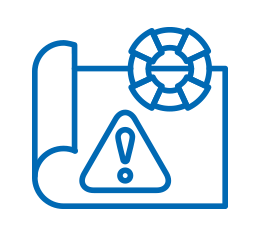|
|
Europe's leading intermodal network Reliable, flexible, connected |
|
 | Integrated network with 130 daily trains on Europe's main corritors |  | Terminals across north Italy, Benelux, Germany, Switzerland, Austria, Poland - owned or in partnership |  | Modern fleet: 8,300 wagon modules for maximum independence and flexibility |  | Local teams in 10 countries, focused on customer service |  | Railway partners with high reliability standards |  | Contingency management with reserve trains & loco pools, 24/7 traffic monitoring |  | Smart digital tools for booking, planning & real-time tracking |  | Technical support to ensure full compatibility with intermodal standards |
|
|
|
|
|
|